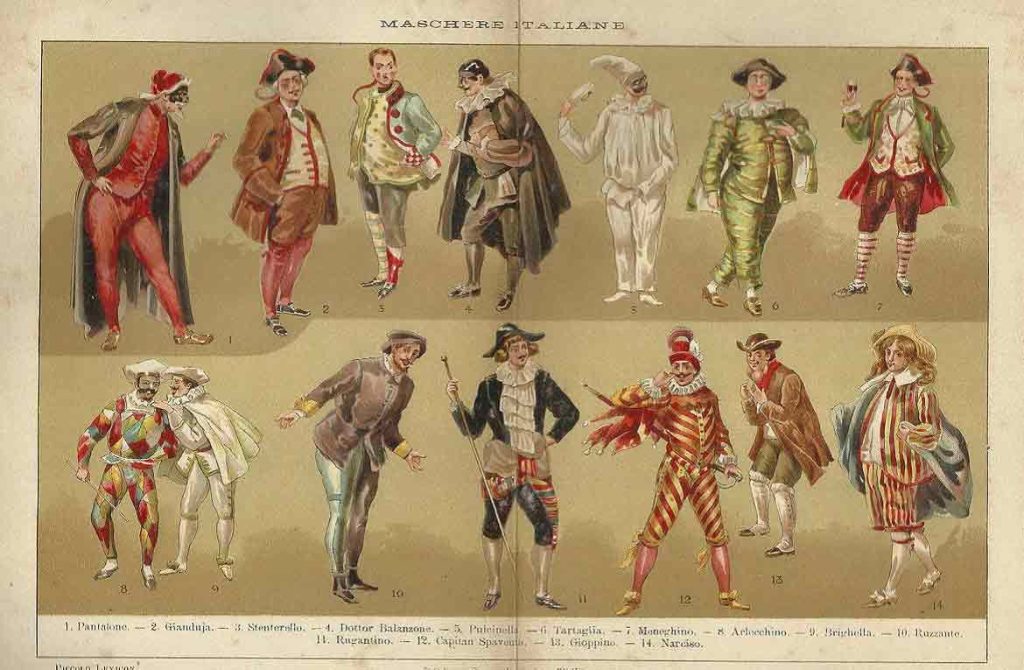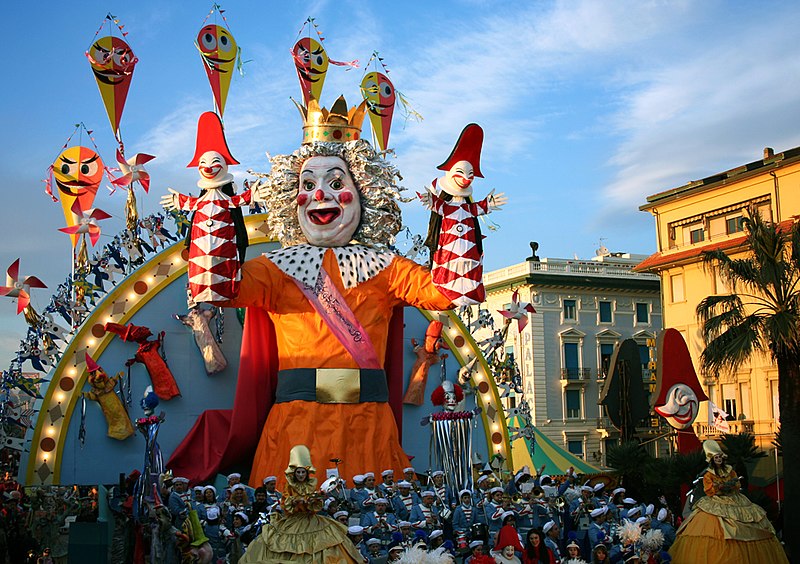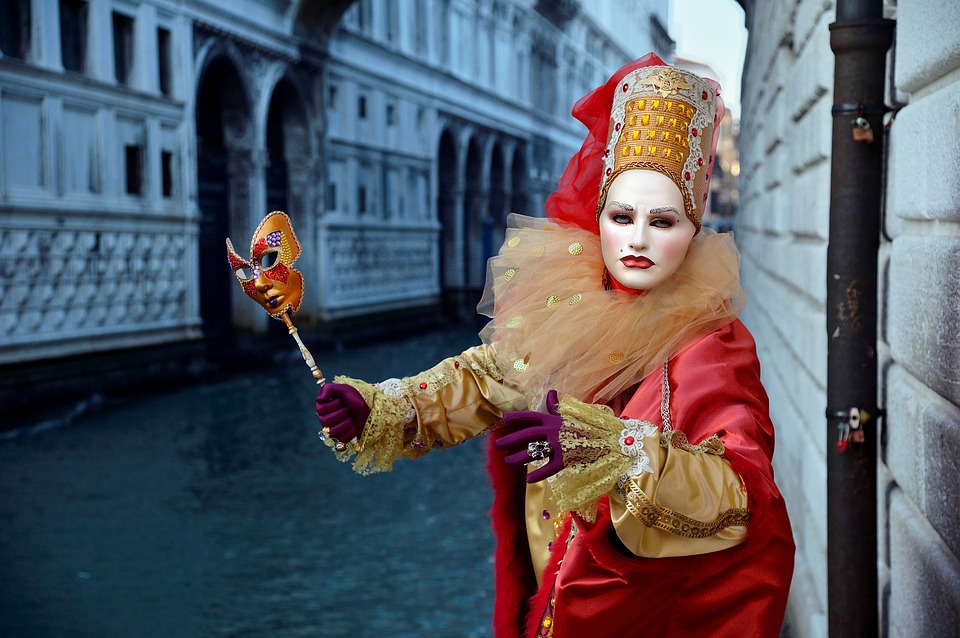Carnival in Italy, a tradition that has its roots in a centuries-old history and that every year becomes a phenomenon of costume as well as a socio-cultural event. Expression of the contemporary world represented allegorically with masks, with the art of disguise that humanity has always loved since the classical age.
At Carnival, therefore, it is permissible to be crazy (semel in year licet insavire); human eclecticism delights in upsetting the patterns, creating another ephemeral and illusory reality where you can transfer dreams and desires for just a few days, delighting in putting on someone else's shoes. The watchword is to have fun and not think. Who wants to be happy, there is no certainty of tomorrow ... as he wrote Lorenzo the Magnificent in his Canti Carnascialeschi of 1490.
Carnival in Italy
Carnival it literally means "Carnem levare-deprive oneself of meat". An omen that, in ancient times, announced the period of fasting and restrictions dictated by Lent. Therefore, in view of the long penance, at Carnival there is no limit to the revelry and lucullian lunches that will become frugal lean meals in the weeks of Lent. History reminds us that, already at the time of the ancient Greeks and Romans, the Saturnalia that recall our carnival celebrations today.

In Middle Ages these celebrations are called Feast of the Pazzi e Donkey Festival. Il Renaissance sanctions the true triumph of this anniversary with the costume parties that enliven the squares. By the way, the "triumphs"Organized by Lorenzo de 'Medici with the parades of allegorical floats. Tradition that has come down to the present day.
Art comedy
In 1600, with the Commedia dell'Arte, carnival rites take on new life with masked characters. They are born Harlequin, Pulcinella, Balanzone, Colombina, Pantalone, Brighella, and many others. Masks that each represent an Italian city together with the uses and customs of each territory. The masks of the Commedia dell'Arte are a cornerstone not only of carnival events but also of the theater which, thanks to them, has staged very famous works represented all over the world. Just think of "Harlequin servant of two masters " written by Carlo Goldoni in 1745 and which is still represented in the most important theaters in the world.

Between masks and parades
There are many events that have enlivened Italian cities since time immemorial during these days of celebration. Without doubt the most famous Italian Carnival is that of Venezia with its spectacular costumes that show themselves in the streets and squares. Equally famous is the Viareggio Carnival with its allegorical floats, true papier-mâché masterpieces depicting personalities from politics, entertainment, the world of cinema and more.

But, from the Alps to the islands in the Italian squares you can have fun with the carnival rites of Ivrea, Cento, Putignano, Castrovillari; with the parades and the characteristic costumes of Sardinia or Lucania. A barrage of colors and craftsmanship that express the rich heritage of customs that the beautiful country preserves and hands down regarding carnival traditions.
Carnival in Italy with traditional recipes
Carnival in the Belpaese is also an anthology of ancient recipes that the culinary tradition has handed down from generation to generation. Yesterday as today, meat dishes are the main ingredients, a food that in the past Lenten renunciations removed from the tables. And therefore the succulent dishes from Thursday to Shrove Tuesday allowed everyone to 'fill up' with taste and goodness. To further cheer the party a rich variety of desserts: between frappe and castagnole the carnival table closes the dinner with great taste, hedonistically seizing the moment ... because of tomorrow there is no certainty...





